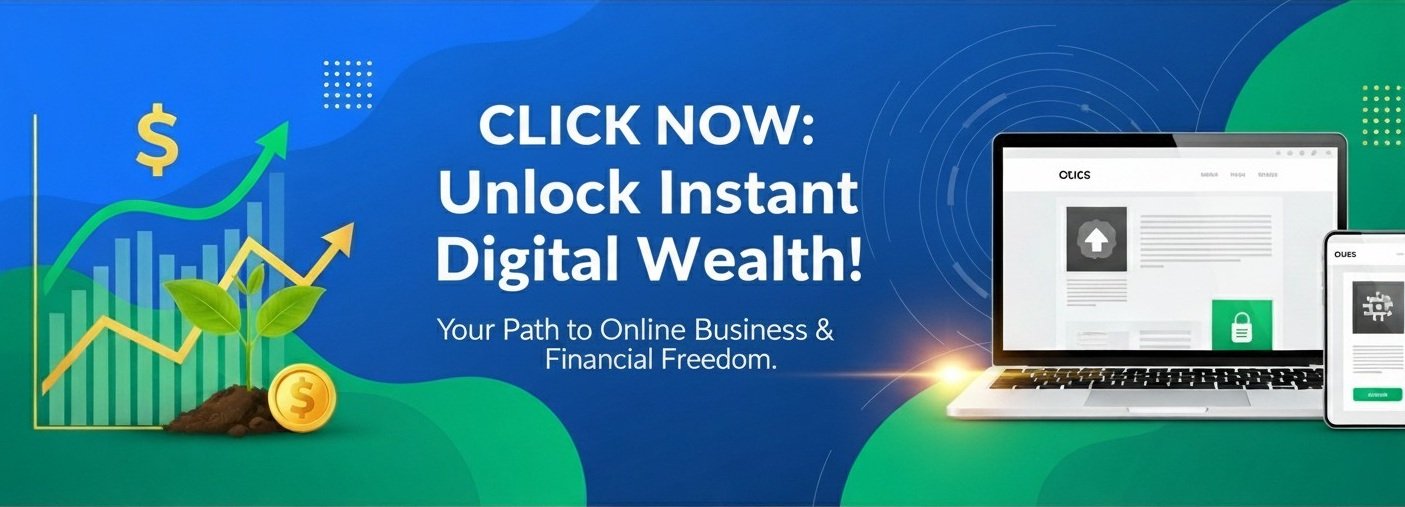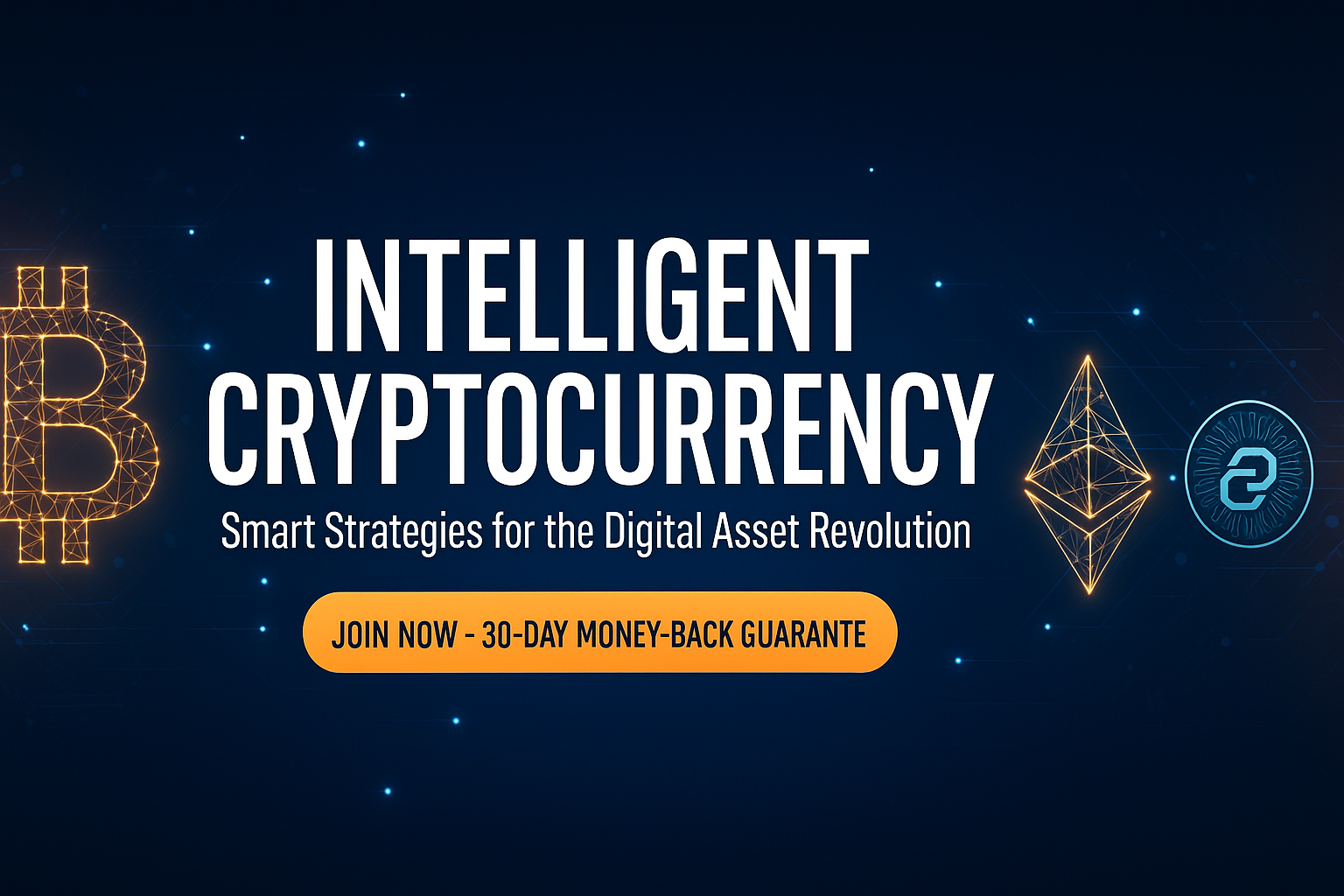The term “blockchain” often conjures images of Bitcoin and other volatile cryptocurrencies. While digital currencies were indeed the pioneering application, blockchain technology’s true revolutionary potential extends far beyond speculative assets. At its core, blockchain is a decentralized, immutable, and transparent ledger system capable of securely recording transactions and data across a network of computers. This fundamental architecture is now poised to redefine the very fabric of financial transactions, streamlining processes, enhancing security, and fostering unprecedented levels of trust and efficiency in traditional finance and emerging markets alike. This comprehensive article will delve into how blockchain is fundamentally transforming various facets of financial transactions, exploring its underlying principles, diverse applications, and the challenges it faces on its path to widespread adoption. For a foundational understanding of blockchain, Investopedia offers a detailed overview: What Is Blockchain?.
The Core of Blockchain: Beyond Digital Currencies
Unpacking Blockchain: The Ledger System Reshaping Finance
To appreciate blockchain’s impact on financial transactions, it’s essential to understand its fundamental components and how it operates. It’s much more than just the technology behind digital money; it’s a new way of organizing and verifying information.
H2: What is Blockchain Technology?
At its simplest, a blockchain is a distributed ledger technology (DLT) that maintains a continuously growing list of records, called “blocks,” which are linked together using cryptography. Each block contains a timestamp and a link to the previous block, creating a secure and unchangeable chain.
- Distributed Ledger: Unlike traditional centralized databases managed by a single entity (like a bank), a blockchain’s ledger is replicated and shared across all participants in the network. Every participant has access to the same, identical record of transactions. This distribution eliminates single points of failure and enhances resilience. IBM provides a clear explanation of distributed ledgers: What is a Distributed Ledger?.
- Immutability: Once a transaction is recorded on the blockchain and a block is added to the chain, it cannot be altered or deleted. This immutability is achieved through cryptographic hashing, where each block’s hash includes the hash of the previous block. Any attempt to tamper with a past transaction would change its hash, breaking the chain and immediately alerting the network. This feature is crucial for building trust in financial systems.
- Transparency (Selective): While transactions are recorded publicly, the identities of participants can remain pseudonymous or anonymous, depending on the blockchain’s design (public vs. private). However, the transaction data itself is transparent and verifiable by all network participants, fostering a high degree of accountability.
- Security through Cryptography: Cryptographic principles, including hashing and digital signatures, are fundamental to blockchain’s security. Hashing ensures data integrity, while digital signatures verify the authenticity of transactions and the identity of participants. Deloitte offers insights into blockchain’s security features: Blockchain and Cybersecurity.
H2: How Blockchain Works
The operation of a blockchain involves a continuous cycle of transaction validation and block creation:
- Transaction Initiation: A participant initiates a transaction (e.g., sending money, recording an asset transfer).
- Transaction Broadcast: The transaction is broadcast to the network of computers (nodes).
- Validation by Nodes: Nodes verify the transaction’s legitimacy (e.g., sufficient funds, correct signatures) based on the network’s rules.
- Block Creation: Validated transactions are grouped into a “block.”
- Consensus Mechanism: Nodes compete to add the new block to the chain using a consensus mechanism. Common mechanisms include:
- Proof of Work (PoW): Nodes solve complex computational puzzles (mining). The first to solve it adds the block. (e.g., Bitcoin)
- Proof of Stake (PoS): Nodes are chosen to validate blocks based on the amount of cryptocurrency they “stake” as collateral. (e.g., Ethereum 2.0)
- Other mechanisms like Proof of Authority (PoA) or Delegated Proof of Stake (DPoS) are used in private or permissioned blockchains. The World Economic Forum discusses various consensus mechanisms: Blockchain Consensus Mechanisms.
- Block Addition: Once a consensus is reached, the new block is added to the existing chain, and the transaction is permanently recorded.
- Ledger Update: All copies of the distributed ledger across the network are updated with the new block, ensuring consistency.
Key Principles Driving Blockchain’s Financial Revolution
Foundational Pillars: Why Blockchain is Disruptive in Finance
The inherent characteristics of blockchain technology directly address many inefficiencies and trust deficits in traditional financial systems. These principles are the driving force behind its revolutionary potential.
Decentralization: Removing Intermediaries
Perhaps the most profound principle of blockchain is decentralization. Instead of relying on a central authority (like a bank, clearinghouse, or government) to validate and record transactions, blockchain networks allow participants to interact directly, peer-to-peer. This eliminates the need for costly and time-consuming intermediaries, reducing fees, speeding up processes, and democratizing access to financial services. The concept of decentralization is a core tenet of blockchain’s disruptive power, as highlighted by sources like Coindesk: What is Decentralization?.
Immutability: Trust Through Unchangeable Records
The immutability of blockchain records builds an unprecedented level of trust. Once a transaction is validated and added to the chain, it is virtually impossible to alter or remove it. This ensures data integrity and provides an indisputable audit trail, which is critical for financial compliance, dispute resolution, and preventing fraud. This unchangeable history is a game-changer for industries where record-keeping is paramount.
Transparency (Selective): Shared, Verifiable Information
While privacy is maintained through pseudonymity, the transparency of transactions on a blockchain means that all participants in the network can view and verify the ledger. This shared visibility fosters accountability and reduces the need for extensive reconciliation processes, common in traditional finance. In permissioned blockchains, transparency can be configured to allow only authorized parties to view specific data, balancing privacy with auditability.
Security: Cryptographic Protection
Blockchain’s robust security stems from its cryptographic foundations. Each transaction is digitally signed, ensuring its authenticity and non-repudiation. The chaining of blocks through cryptographic hashes makes it computationally infeasible to alter historical data without detection. This inherent security reduces the risk of fraud and cyberattacks, offering a more resilient infrastructure for financial data.
Efficiency and Speed: Streamlining Processes
Traditional financial transactions often involve multiple intermediaries, manual processes, and significant delays, especially for cross-border payments or complex settlements. Blockchain can automate many of these steps through smart contracts and eliminate reconciliation needs, leading to faster transaction speeds and reduced operational costs. This efficiency gain is a major driver for financial institutions exploring blockchain.
Revolutionizing Traditional Financial Transactions
Blockchain’s Transformative Impact on Core Financial Services
Beyond its origins in cryptocurrency, blockchain is being actively explored and implemented across a wide spectrum of traditional financial services, promising to reshape how money moves, assets are managed, and agreements are executed.
Cross-Border Payments: Faster, Cheaper, More Transparent
One of the most immediate and impactful applications of blockchain in finance is in cross-border payments. The current system, often reliant on correspondent banking networks (like SWIFT), is slow, expensive, and lacks transparency. Blockchain-based solutions can facilitate near-instantaneous settlement, significantly lower transaction fees, and provide real-time tracking of funds.
- Ripple: Companies like Ripple have developed blockchain-based payment networks (e.g., RippleNet) that enable financial institutions to conduct faster and cheaper international payments. Learn more about Ripple’s solutions on their official website: Ripple Solutions.
- SWIFT Alternatives: While SWIFT is also exploring DLT, many blockchain projects aim to provide direct alternatives, allowing banks to settle transactions directly with each other without multiple intermediaries. This reduces settlement risk and operational costs. The Financial Times has covered the evolution of cross-border payments: The Future of Cross-Border Payments.
Trade Finance: Enhancing Efficiency and Trust
Trade finance, which involves financing international trade transactions, is notoriously complex, paper-intensive, and prone to fraud. Blockchain can revolutionize this sector by providing a shared, immutable ledger for all participants (exporters, importers, banks, logistics providers, customs).
- Supply Chain Finance: Blockchain enables real-time tracking of goods and documents, creating a transparent and verifiable record of the supply chain. This reduces the risk for lenders and allows for faster financing of invoices. IBM Blockchain offers case studies on supply chain solutions: IBM Blockchain Supply Chain.
- Letters of Credit: Smart contracts on a blockchain can automate the execution of letters of credit, releasing payments automatically once predefined conditions (e.g., goods received, documents verified) are met, significantly speeding up the process and reducing manual errors. Deloitte has published insights on blockchain in trade finance: Blockchain for Trade Finance.
Securities Settlement: Reducing Time and Cost
The traditional process of settling securities trades (e.g., stocks, bonds) can take days (T+2 or T+3), introducing counterparty risk and requiring significant capital to be held as collateral. Blockchain can enable near-instantaneous (T+0) settlement, known as “atomic settlement,” where the exchange of assets and funds happens simultaneously.
- Stock Trading: Projects are exploring blockchain-based platforms for stock exchanges, which could eliminate the need for central clearinghouses and depositories, drastically reducing settlement times and costs. Nasdaq has experimented with blockchain for private securities: Nasdaq Blockchain.
- Bond Markets: Blockchain can streamline the issuance, trading, and settlement of bonds, making the process more efficient and transparent. The European Investment Bank has issued digital bonds on a blockchain: EIB Digital Bond.
Digital Identity and KYC/AML: Streamlining Compliance
Know Your Customer (KYC) and Anti-Money Laundering (AML) regulations are crucial for preventing financial crime but are often burdensome and repetitive for both financial institutions and customers. Blockchain can create secure, verifiable, and reusable digital identities.
- Self-Sovereign Identity (SSI): Individuals can control their own digital identity data, granting access to financial institutions as needed, without repeatedly submitting documents. This can drastically reduce the time and cost of onboarding new clients. The World Economic Forum discusses the potential of digital identity: Digital Identity on Blockchain.
- Secure Data Sharing: Financial institutions can securely share verified customer data on a permissioned blockchain, reducing duplicate efforts and improving the accuracy of compliance checks while maintaining privacy.
Lending and Borrowing: Decentralized Finance (DeFi) Principles
Blockchain is enabling new models of lending and borrowing through Decentralized Finance (DeFi), which leverages smart contracts to automate financial agreements without traditional banks.
- Smart Contracts: These self-executing contracts automatically enforce the terms of a loan agreement, releasing funds or collateral when conditions are met. This reduces the need for legal intermediaries and can lower borrowing costs. Investopedia explains smart contracts: What Are Smart Contracts?.
- Peer-to-Peer Lending: DeFi platforms allow individuals to lend and borrow directly from each other, bypassing traditional financial institutions and potentially offering better rates. While primarily crypto-native, the underlying principles of automation and disintermediation are applicable to traditional asset lending.
Asset Tokenization: Fractional Ownership and Liquidity
Tokenization involves representing real-world assets (like real estate, art, commodities, or private equity) as digital tokens on a blockchain. Each token represents a fractional ownership of the underlying asset.
- Fractional Ownership: Tokenization allows assets that were previously illiquid or indivisible to be broken into smaller, more affordable units, making them accessible to a wider range of investors. This can democratize investment opportunities.
- Increased Liquidity: Tokenized assets can be traded 24/7 on global blockchain-based exchanges, significantly increasing their liquidity compared to traditional markets. This can unlock capital and create new investment avenues. The Financial Times has covered the rise of asset tokenization: Tokenisation of Assets.
Emerging Applications and Future Potential
H1: The Horizon of Possibilities: Future Blockchain Applications in Finance
The transformative power of blockchain continues to evolve, with new applications constantly emerging that promise to further revolutionize financial transactions and beyond.
Central Bank Digital Currencies (CBDCs): A New Era for Fiat
Many central banks worldwide are actively exploring or developing Central Bank Digital Currencies (CBDCs), which are digital forms of a country’s fiat currency issued and backed by the central bank. CBDCs leverage blockchain or DLT to offer a more efficient, secure, and potentially programmable form of money.
- Enhanced Efficiency: CBDCs can enable faster and cheaper payments, both domestically and internationally, by eliminating intermediaries and streamlining settlement.
- Financial Inclusion: They can provide access to digital payments for unbanked populations.
- Monetary Policy Tools: CBDCs could offer central banks new tools for implementing monetary policy. The Bank for International Settlements (BIS) publishes extensive research on CBDCs: BIS CBDC Research.
Smart Contracts: Automating Agreements and Transactions
Smart contracts, self-executing agreements with the terms directly written into code on a blockchain, are fundamental to many of blockchain’s advanced financial applications. They automate the execution of agreements when predefined conditions are met, without the need for human intervention or intermediaries.
- Automated Escrow: Funds can be held in escrow and released automatically upon verification of service delivery.
- Automated Payments: Recurring payments or royalty distributions can be programmed to execute automatically.
- Complex Financial Instruments: Smart contracts can underpin complex derivatives or insurance policies, automating payouts based on external data feeds (oracles). IBM provides a guide to smart contracts: What are Smart Contracts?.
Supply Chain Finance and Logistics: Enhanced Traceability
Beyond traditional trade finance, blockchain can provide end-to-end transparency and traceability across entire supply chains. This is critical for financing, auditing, and ensuring the authenticity of goods.
- Real-time Tracking: Immutably record every step of a product’s journey from raw material to consumer, enhancing trust and reducing fraud.
- Automated Payments: Payments can be triggered automatically upon the verifiable completion of milestones in the supply chain. This is particularly relevant for complex global supply chains.
Insurance: Streamlining Claims and Policies
The insurance industry, often characterized by manual processes and disputes, can benefit significantly from blockchain.
- Automated Claims Processing: Parametric insurance policies, where payouts are triggered automatically by predefined events (e.g., flight delays, weather conditions) verified by external data, can be powered by smart contracts.
- Fraud Reduction: An immutable record of claims and policies can help reduce fraudulent activities.
- Peer-to-Peer Insurance: New models where communities pool resources and self-insure can emerge, leveraging blockchain for transparency and governance.
Voting Systems: Ensuring Integrity and Transparency
While not strictly financial, secure and transparent voting systems are crucial for the integrity of financial institutions (e.g., shareholder voting) and broader democratic processes. Blockchain’s immutability and transparency make it an ideal candidate for creating tamper-proof voting records, enhancing trust in outcomes.
Challenges and Hurdles for Widespread Adoption
Navigating the Obstacles: Challenges to Blockchain Adoption in Finance
Despite its immense potential, blockchain technology faces several significant challenges that must be addressed before it can achieve widespread adoption across the financial sector.
Regulatory Uncertainty and Compliance
One of the biggest hurdles is the evolving and often fragmented regulatory landscape. Governments and financial authorities are still grappling with how to classify and regulate blockchain-based assets and services. This uncertainty can deter financial institutions from fully committing to blockchain initiatives. Compliance with existing KYC/AML, data privacy (e.g., GDPR), and securities regulations also needs clear guidance for blockchain applications. The Financial Stability Board (FSB) regularly publishes reports on crypto-assets and DLT regulation: FSB Crypto-Asset Reports.
Scalability Issues
Many public blockchains (like early Bitcoin and Ethereum) face scalability limitations, meaning they can only process a limited number of transactions per second compared to traditional payment networks (e.g., Visa). While solutions like sharding, layer-2 protocols, and different consensus mechanisms are being developed, achieving enterprise-grade scalability remains a key challenge for high-volume financial applications.
Interoperability Between Blockchains
The proliferation of different blockchain platforms (e.g., Ethereum, Hyperledger Fabric, Corda) creates an “island problem,” where different blockchains cannot easily communicate or exchange data with each other. For a truly integrated financial ecosystem, seamless interoperability between various blockchain networks is essential. Projects are actively working on cross-chain communication protocols.
Energy Consumption (for certain consensus mechanisms)
Proof-of-Work (PoW) consensus mechanisms, used by Bitcoin and historically by Ethereum, are highly energy-intensive. This raises environmental concerns and can be a barrier to adoption for institutions focused on sustainability. While Proof-of-Stake (PoS) and other mechanisms offer more energy-efficient alternatives, the perception of high energy use can still be a hurdle.
Data Privacy Concerns
While public blockchains offer transparency, the immutable nature of records can raise privacy concerns, especially for sensitive financial data. Once data is on a public blockchain, it’s there forever. Private and permissioned blockchains offer more control over data access, but balancing transparency with privacy remains a critical design consideration.
Education and Public Understanding
A general lack of understanding about blockchain technology among the wider public and even within some parts of the financial industry can hinder adoption. Overcoming misconceptions and educating stakeholders about its benefits and risks is crucial for building trust and facilitating broader acceptance.
Conclusion: A Paradigm Shift in the Making
Blockchain technology is undeniably poised to revolutionize financial transactions far beyond its initial application in cryptocurrencies. Its core principles of decentralization, immutability, transparency, and enhanced security offer compelling solutions to long-standing inefficiencies, high costs, and trust deficits in traditional financial systems. From accelerating cross-border payments and streamlining trade finance to enabling real-time securities settlement and fostering new models of lending and asset ownership, the potential applications are vast and transformative.
While significant challenges related to regulation, scalability, interoperability, and public understanding remain, ongoing innovation and increasing collaboration between technology providers, financial institutions, and regulators are steadily paving the way for blockchain’s broader integration. The shift towards a more efficient, secure, and inclusive global financial ecosystem, powered by distributed ledger technology, is not a distant dream but a paradigm shift actively unfolding.
Reference Link:
For a comprehensive overview of blockchain technology and its various applications, including those in finance, you can refer to the IBM Blockchain website: IBM Blockchain.
Disclaimer:
This article provides general information about blockchain technology and its potential applications in financial transactions and should not be considered financial or investment advice. Blockchain technology is still evolving, and its widespread adoption in traditional finance faces various technical, regulatory, and operational challenges. Investing in or relying on blockchain-based solutions carries inherent risks, including but not limited to technological failures, regulatory changes, and market volatility. Past performance or current trends are not indicative of future results. It is crucial to conduct thorough research, understand the risks involved, and consult with a qualified financial advisor before making any investment or financial decisions related to blockchain or any emerging technology.








